Avoiding falls on the stairs: rules to follow
Every day, we take the stairs, whether it's to get to work, to go to the supermarket, to an appointment or to enter a building. Climbing up and down stairs has become a habit that we perform mechanically. Yet stairs are high-risk structures where accidents can easily happen. In fact, we don't really realize how dangerous stair heights can be, and if we're not careful or don't concentrate, the risk of falling or slipping is much higher. To remedy this, and to make staircases as safe as possible, there is a range of protective equipment and suitable floor coverings that prevent the risk of falls and make climbing and descending safer.
NeoSol is well aware of the dangers associated with staircase use, and details the risks and regulations applicable, as well as the rules to be observed to avoid falls and enable all persons to access the staircase in complete safety and serenity.
Risks associated with stair use
Every year, several hundred people suffer fatal accidents when using stairs. Whether you're a child, an adult, an elderly person or a person with reduced mobility, we're all at risk of falling. That's why it's important to take a good look at the steps before going up or down, to spot any obstructions, dirt, water or oil. Taking your time and not rushing will help you avoid any accidents.
Establishments also have a duty to comply with staircase installation and use regulations, and to make their entrances accessible to all.
What do regulations say about staircase accessibility?
The inaccessibility of staircases for people with reduced mobility is a major problem they still face today. Getting to an establishment can quickly become an obstacle course. Providing access to an establishment and easy access to stairs is an obligation for every ERP. Welcoming the public to your premises in good conditions is therefore essential. That's why it's important to take into account the decree of April 20, 2017, which brings together a set of measures to make it as easy as possible for PRMs to access ERP premises.
Rules to avoid falls
To avoid falls and accidents, every ERP must implement measures in compliance with the rules issued by the decree. We have selected 4 main rules to comply with.
1. Validation of step heights
For new establishments open to the public, the height of steps must be less than or equal to 16 cm, and for existing establishments less than or equal to 17 cm.
2. Handrail width
The purpose of a handrail is to provide guidance and safety for people with reduced mobility. They must be rigid and made of wood, steel, metal or other materials. Every staircase must have at least one handrail, which must be between 0.80 m and 1 m high and extend horizontally for the length of one step.
If a balustrade is used as a handrail, the step must be less than 1.40 m wide. The guardrail must be at least 0.90 cm high, as specified in standard NFP 01. 012 (order of April 20, 2017).
3. Installation of pedometer strips
Podotactile tiles are a floor covering that signals the visually impaired and blind who are about to cross an obstacle. These strips must be placed at the top and bottom of each staircase, 50 cm from the start of the step. It is made up of raised spikes to warn and prepare people to negotiate an obstacle.
4. Contrasting first and last steps
Risers should be installed on the first and last steps at a height of 10 cm from the bottom step. This will provide contrast and indicate the beginning and end of the staircase. It's also important to play with light to highlight the last step on the way down. This is often where accidents occur.
NeoSol also offers other equipment to facilitate access for PRMs in your establishments.
NEED ADVICE?
Contact Solène
![Fire classification, UPEC and ISO 10874 standards Fire classification, UPEC and ISO 10874 standards]() Fire classification, UPEC and ISO 10874 standardsFire rating and quality standards should be one of the main criteria to consider before buying professional flooring. Find out why with NEOSOL.Read More
Fire classification, UPEC and ISO 10874 standardsFire rating and quality standards should be one of the main criteria to consider before buying professional flooring. Find out why with NEOSOL.Read More![Static electricity risks and solutions Static electricity risks and solutions]() Static electricity risks and solutionsHow dangerous is static electricity for employees? How do industries reduce the risks associated with electrostatic discharge?Read More
Static electricity risks and solutionsHow dangerous is static electricity for employees? How do industries reduce the risks associated with electrostatic discharge?Read More![Professional mats: how to care for them? Professional mats: how to care for them?]() Professional mats: how to care for them?Professional mat maintenance is essential to maintain the longevity of your mat and the safety of passers-by. NEOSOL, the flooring expert, reveals its different maintenance methods.Read More
Professional mats: how to care for them?Professional mat maintenance is essential to maintain the longevity of your mat and the safety of passers-by. NEOSOL, the flooring expert, reveals its different maintenance methods.Read More![Accessibility and ERP: how do I know if I'm in compliance? Accessibility and ERP: how do I know if I'm in compliance?]() Accessibility and ERP: how do I know if I'm in compliance?Accessibility must be a priority for every ERP. But you still need to know if you're in compliance. To help you, NeoSol, the professional flooring specialist, tells you more.Read More
Accessibility and ERP: how do I know if I'm in compliance?Accessibility must be a priority for every ERP. But you still need to know if you're in compliance. To help you, NeoSol, the professional flooring specialist, tells you more.Read More
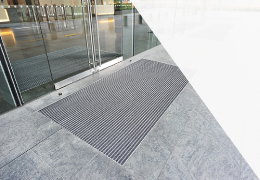



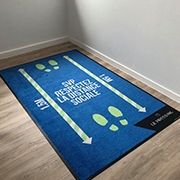

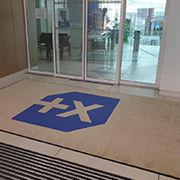


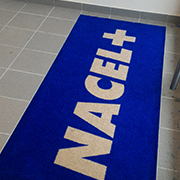

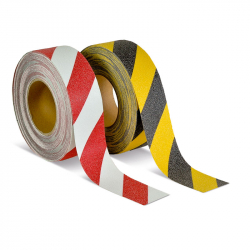

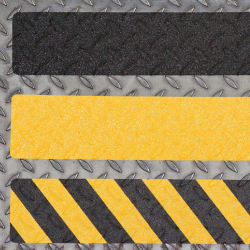
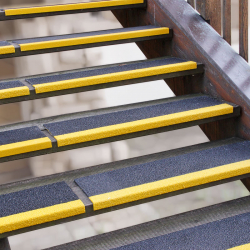
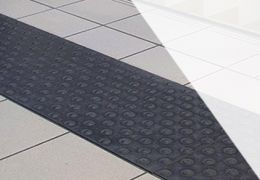

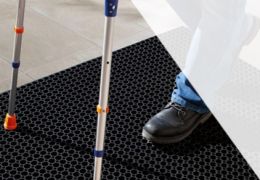

Leave a comment